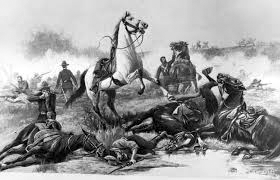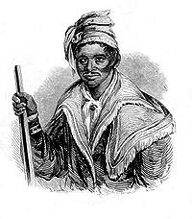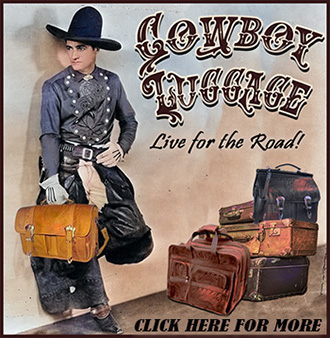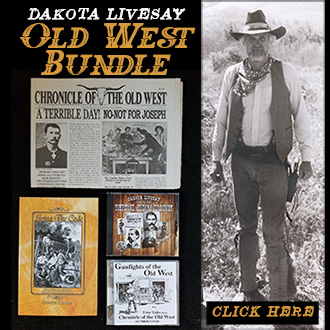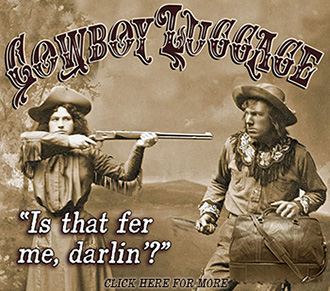 Hunters are known to tree a mountain lion or a bear now and then, but in 1859, a gang of thugs treed a whole town. That’s right, a whole town.
Hunters are known to tree a mountain lion or a bear now and then, but in 1859, a gang of thugs treed a whole town. That’s right, a whole town.
It was the mid 1800’s. Anglos from other parts of the United States were coming to Texas in groves, and taking over land previously owned by Mexicans.
Juan Cortina, saw his family’s land holdings shrink. When he became a man, Juan put together a gang of disgruntled Mexicans and started taking back some of the land. In mid September of 1859 one of Juan’s men was arrested in Brownsville, Texas. Juan and his men shot the Marshal and freed the gang member. This, of course, infuriated the citizens of Brownsville. For days they talked about putting together a posse and getting revenge. But it seems that talk was all they were want to do.
Juan Cortina, on the other hand, wanted action, and getting tired of waiting for the posse to come after him, on September 27 he led a thousand cutthroats into Brownsville, captured Fort Brown, and took over the town. After killing anyone who had previously caused him grief, Juan demanded one hundred thousand dollars in gold or he would burn down the town.
News of the Brownsville situation got out and a contingency of men came to the rescue. Unfortunately, for them, news of what Cortina was doing also reached his friends and his gang had grown to a much larger size. After defeating the relief column, Cortina went after Edinburg, Texas and then took on Rio Grande.
Cortina then wisely retreated back to Mexico where for 15 years he made raids across the border. Finally in 1875, the Texas Rangers decided to put an end to Juan Cortina’s shenanigans, and went down to Mexico and kicked his butt. From then on Juan stayed south of the border and played politics there.

